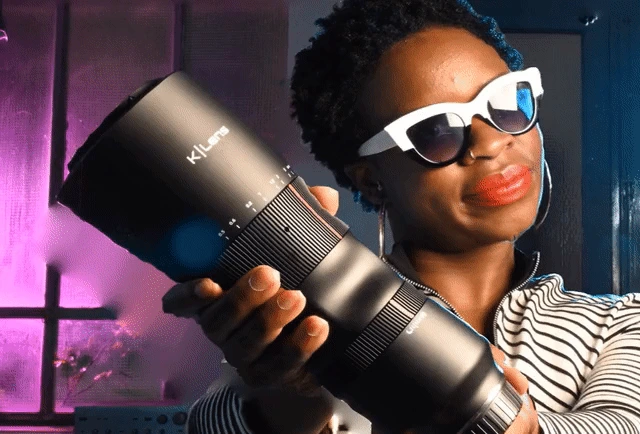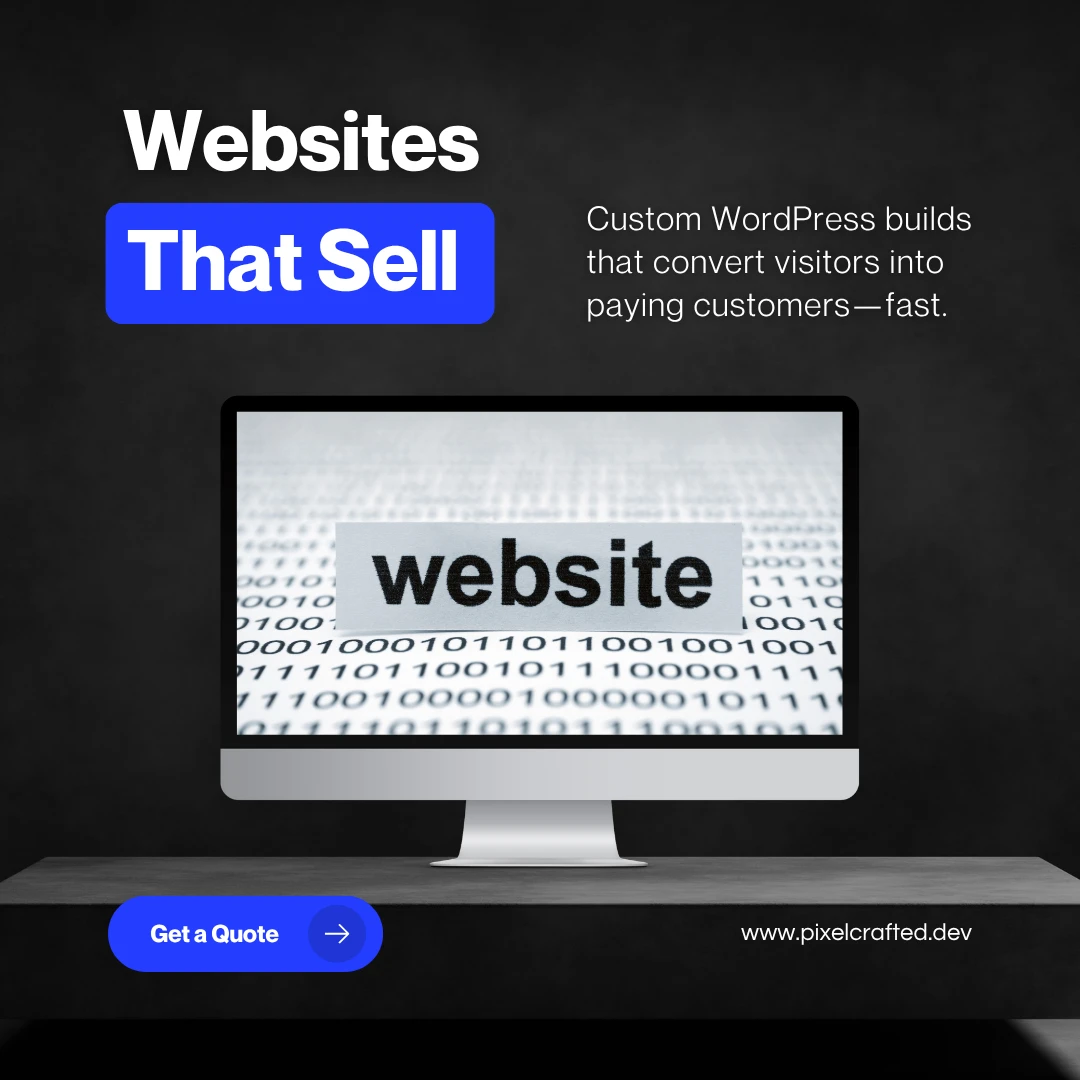

With K|Lens One we make the 3rd dimension available on any standard camera
- With our light field lens K|Lens One you can capture light field data with any full frame camera.
- With our software SeeDeep you can make it available for usage in your favorite post-processing program, e.g. Photoshop, Premiere, Nuke and others.
- You can use our product in photo and video mode.
- Our lens has been developed and produced in cooperation with Carl Zeiss Jena GmbH, Germany.



Our product consists of the light-field lens K|Lens One and our software SeeDeep. Our lens allows to capture several perspectives of a scene simultaneously on any full-frame camera. Our software reads such data in and generates depth information on top of the color information and makes it available for processing.




The K|Lens One will be shipped together with our specially developed software SeeDeep that provides the following functions:
- It is a “Gallery”, designed to perfectly display your K|Lens One images and videos.
- It allows you to create depth maps for your photos, and depth channels for your videos – with the click of a mouse.
- You can take advantage of our Multiview Super-resolution algorithm, which uses data from all 9 image perspectives to achieve excellent resolution.
- Finally, you can export all this data and continue working in any third party post-processing software.



The entire process from recording to depth calculation we filmed here with a cell phone.





K|Lens won the PIV Startup Award 2018 at the photokina, the world´s leading trade fair for photo equipment. During his successful pitch, our CEO Matthias convinced the jury of the idea behind K|Lens, and its massive future potential.







Here you can see how the light rays from the main lens are refracted on an “Intermediate Imaging Plane” and projected onto the sensor by the “Image Multiplier” in such a way that exactly 9 perspectives are displayed.


- A mirror system (“Image Multiplier”) in the K|Lens One splits the light rays into 9 separate images that are mapped onto the camera sensor.
- These 9 images all have slightly different perspectives.
- It’s a bit like taking a picture with an array of 9 cameras at the same time.


After the 9 perspectives are recorded, they can be processed by our software SeeDeep.

Our software generates depth information based on the parallax effect.
You can think of it as closing and opening your right and left eye alternately, and seeing how objects in your vision seem to change position. With the K|Lens One, the closer an object is to the camera (or away from your eye in our example), the more it “jumps” back and forth compared to the background. We use this principle mathematically to calculate the depth of each pixel in any image.
Determining the depth of every pixel in an image yields extra information from a different dimension. This information can be displayed in a file called a depth map, a z-map, or a z-buffer. When working with video, it is called a depth channel, or a depth pass.
With this depth information, you’re no longer limited to accessing your image or video in just two dimensions (i.e. displayed on a screen)… instead, you can access the depth and use it for any further processing steps!



You can also use depth information in classic photo or video editing. The possibilities and results are anything but classic: they open up a whole new world of creativity! These are just a few of the many possibilities you have:
- Apply and modify depth gradient masks;
- Simplified segmenting, cropping and free-form selection;
- Control of sharpness and blur;
- Extended depth of field range with strong photo-realistic blur at the same time;
- Correction of the focal plane (for full-format portraits also in the cm range);
- Tilt effects, all the way to free shaping of the focal plane;
- Multiple focal planes in the image;
- Multi-view blur.





With K|Lens One photos and videos it is simple to generate 3D effects. This is more than just a popular social media trend (e.g. Facebook 3D photos). In web design, for example, 2D content can be brought to life using 3D effects. Content can be displayed e.g. as:
- 3D point clouds;
- Stereo photos;
- 3D images (image rendering with changeable perspective);
- GIF files created from 2D images (video effect).

Example of a web-integration of a K|Lens image based on its depth content

K|Lens One photos and videos can also be integrated directly into 3D displays and media viewing formats that use depth maps. These include:
- Looking Glass;
- Lume pad;
- Lenticular images;
- 3D prints;
- LED screens with 3D capabilities.


In our in-house developed SeeDeep software you can generate rich data for each and every one of your photos. What you get is:
- The original sensor image which we call “Kaleido Image” in JPG and RAW formats;
- Nine individual images with slightly different perspectives as JPGs;
- The center image, which, thanks to “Multiview Super-resolution” consists of around 50% of the sensor’s resolution;
- A Depth map for the center image;
- A point cloud of the recorded scene.
And in video mode, a depth channel is available in addition to your video!

On our website, we are making sample datasets available for testing. Feel free to download and play around !








- With K|Lens One, a “Kaleido Image” of 9 slightly different perspectives of the same scene is displayed on the camera sensor. This “Kaleido Image” is also displayed in the viewfinder.
- Because of this, we have programmed a dedicated external monitor to display only the center view perspective. This makes the shooting process much easier, and gives you far better image control after shooting.
- The external monitor can be ordered as an optional add-on with all the necessary accessories.





Our package includes:
- The K|Lens One (light field lens) on your selected camera mount (depending on your camera model), lens clamp and lens hood
- K|Lens “SeeDeep” software
The K|Lens One will be available with F-mount, EF-mount or E-Mount. This makes it compatible with all full-frame DSLRs from Canon and Nikon, as well as all full-frame models from Sony. The new Mirrorless models from Canon (R Series) and Nikon (Z-Series) can be used with the adapters provided by the respective manufacturers. L-Mount cameras (e.g. Panasonic, Leica, Sigma) can be served with a L-F Mount adapter (e.g. from Novoflex).

Additionally, as an optional add-on, a 5″ monitor with its own software can be ordered (this helps you with image composition by replacing the Kaleidoview with the center perspective) + accessories (monitor mount, HDMI cable, battery)
You can use the K|Lens One without this add-on, but for some applications like video, it can make your life easier.







The K|Lens One is the first product of K|Lens GmbH. The software has been fully developed by our team. For lens development and manufacturing, we work together with Carl Zeiss Jena GmbH.
With this partner at hand, we are convinced to deliver the best possible quality for our customers.


K|Lens was founded in 2016 by a group of dedicated computational photography enthusiasts. Our team is made up of photographers, entrepreneurs and passionate software developers from all continents (except Australia – but hopefully we can change this soon).
We believe in creativity. We believe in progress. We believe that it is worth discovering new worlds.


Our K|Lens technology was invented in the hype times of basic research in the area of light field by our co-founder Ivo Ihrke and his research group at the Max-Planck-Institute for Computer Science and Saarland University. The technology combines the advantages of micro-lens approaches (one sensor, one lens, one camera) with the advantages of a multi-camera array (several complete images from different perspectives).
In this way, exceptional results can be realized that offer excellent spatial and depth resolution. Crucially, the technology also works with all common sensor and camera types. In 2013, this technology was registered for worldwide patent protection which has been obtained in the meanwhile.
Convinced of the practical benefits of their work, the research team transferred the results to the incubation program – IT Inkubator – at Max-Planck-Society and Saarland University. K|Lens was founded there in 2016. In 2017, we were able to attract our current investors, who have been financing our development since then. Until 2018, we worked with manually assembled hardware and purely virtual optical designs, which makes us all the more proud, as we were able to win the start-up award at photokina 2018, the world´s leading trade fair for photo equipment.
Since December 2018, we have been working with the first real hardware prototype designed by the Fraunhofer Institute for Applied Optics and Precision Engineering (IOF) in Jena.
An optimized version followed in 2020, and a first pre-series of 20 units has been available since 2021. This was designed and manufactured by our product development partner Carl Zeiss Jena GmbH. Carl Zeiss Jena GmbH will also take over the manufacturing of our products.
In the course of development, the hardware has been reduced from its original length of 100 cm to approximately 25 cm. In the same way, the software has been permanently improved and further developed.
Our product promise is high-tech hardware “made in Germany” combined with state-of-the-art software while maintaining compatibility with common tools for capture and post-processing and the best possible integration into the established workflow. We consider ourselves inventors and explorers and hope to awaken the spirit of discovery in our backers through our products and together take photography and videography to the next level.
SUPPORT THEIR CAMPAIGN: https://www.kickstarter.com/projects/k-lens-one/k-lens-one




